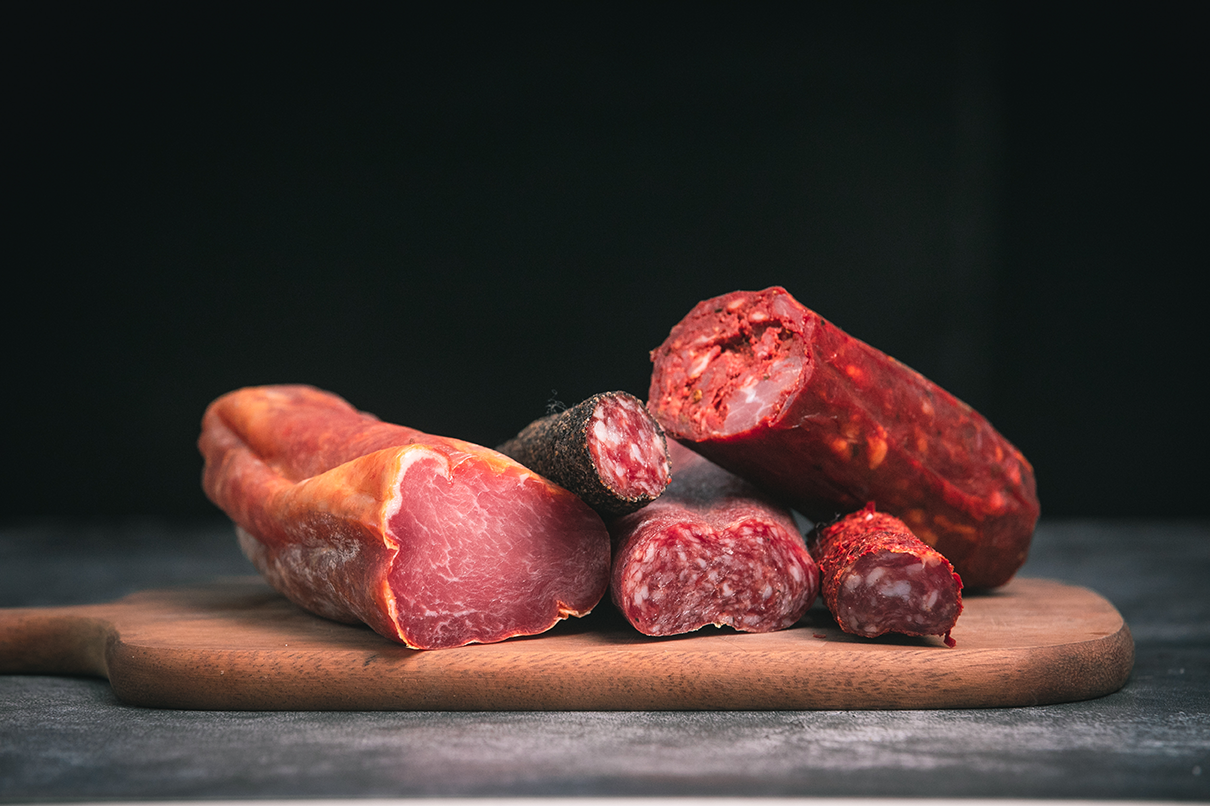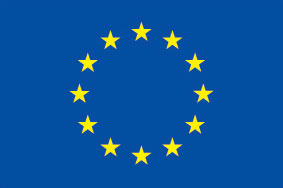Europe’s longstanding tradition of curing hams and other meat products is the result of a combination of geographic, climatic, historic, and cultural factors. Each product tends to be linked to a particular region, combining tradition and heritage with modern processing methods that ensure the safety and quality of all European pork products.
Cured ham

Spain and Portugal have a longstanding tradition of curing hams and other meat which dates back to the times of the Roman Empire and has evolved through history. At that time, hams were already being covered with salt for a number of days then cured in mountain air, which is the origin of the Spanish term serrano, meaning ‘from the mountains’. Today this term is reserved for cured ham made from white pigs especially the Duroc, Landrace and Large White breeds.
Many hams are still cured in the traditional, artisan way, with the old, natural drying-chambers in specially designated areas that have the ideal temperatures and good air circulation, while others have been replaced by modern chillers that maintain the ideal temperature and humidity conditions throughout the process.
There are different types of cured ham depending on the origin of the fresh meat, the breed and diet of the pig, how it is tended and slaughtered, the skill and care of the producers and the duration of the whole process. The minimum curing period is seven months, but it may be much longer depending on the initial weight of the ham and other factors.
When cut, Spanish and Portuguese cured ham should have a shiny appearance, varying in color from pink to dark red with a firm texture and intense flavour. The ham is delicate, not very salty, smooth on the palate and with a very characteristic aroma.
Pork charcutterie
 Geography, history and tradition combine in Europe to produce an extensive catalogue of cured sausages which, alongside cured hams, are some of the most characteristic foods in the Spanish or Portuguese cuisine.
Geography, history and tradition combine in Europe to produce an extensive catalogue of cured sausages which, alongside cured hams, are some of the most characteristic foods in the Spanish or Portuguese cuisine.
The variety of pork charcuterie products is enormous, and changes from country to country, they are made from different cuts of the pig and seasoned with different spices. European charcuterie products can be divided between raw products which are then dried or cured, such as different cold cuts, and cooked products such as variations of blood sausage.
Charcuterie is usually consumed as it comes but many types may also be roasted, grilled, fried or used as ingredients in a large range of regional dishes. The huge range of flavors, aromas, shapes, textures and colors of European pork charcuterie is unique to every region.




